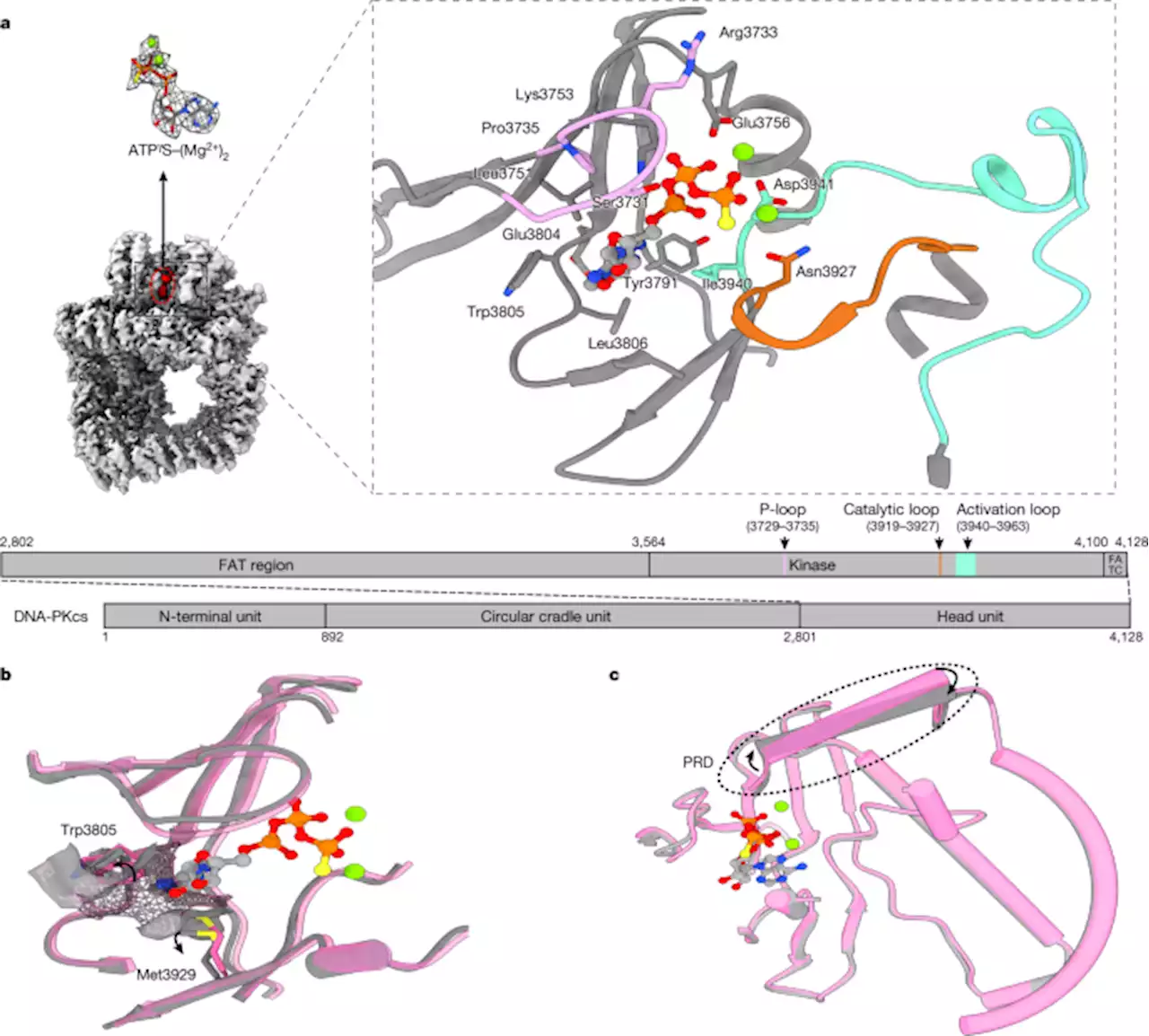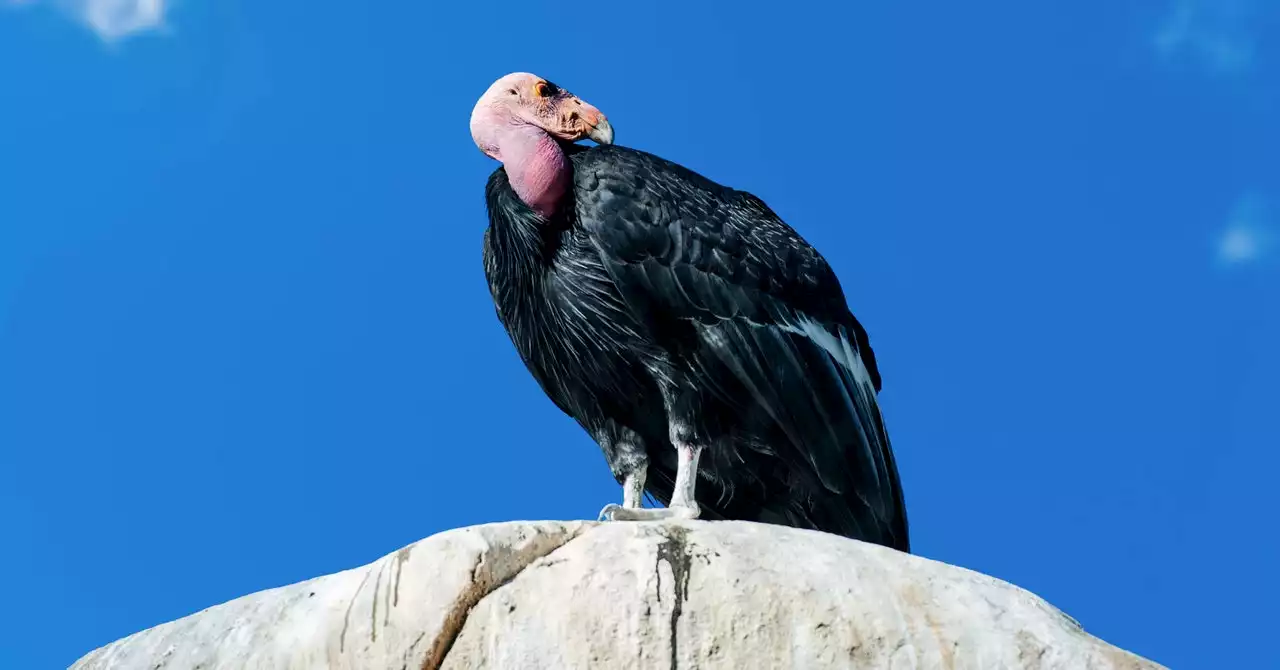A pair of new studies that gathered DNA from the air in zoos shows that animals shed a remarkable amount of genetic material.
, found that by simply filtering air around zoos, researchers could recover genetic material from surrounding animals. They didn’t just detect the captive animals, though—the teams captured‚ or eDNA, from chicken and fish fed to those animals, and from wild and domestic creatures living nearby.
The scientists turned to zoos—one in the UK, one in Denmark—because, as Clare puts it, “the zoo is this remarkable collection of non-native species.” This allowed the researchers to prove that they found DNA from the location they were studying. If they were to monitor the air on a farm, for instance, it would be impossible to know if they were detecting DNA from cows nearby, or miles away. “The problem I faced with the cows cannot happen with a tiger,” Clare says.
The teams had lists of zoo animals to compare against, but they were also able to pick up and identify DNA from unexpected sources. Clare’s group found evidence that zookeepers were tracking DNA from one enclosure to another. In the rainforest building, Lynggaard’s crew spotted DNA from the guppies in the ponds. “It’s one thing if you have a rhino that is scratching, or a bird that is flying around,” says Lynggaard. “But the guppies don’t leave the water.
But while eDNA can provide ample clues, it can’t tell a complete story. The genetic material degrades over time, so researchers will need to learn how to figure out when the “footprint” was left. Initial applications of this technique are likely to be most useful in finding either endangered or non-native species.
United States Latest News, United States Headlines
Similar News:You can also read news stories similar to this one that we have collected from other news sources.
 Structural insights into inhibitor regulation of the DNA repair protein DNA-PKcs - NatureA paper in Nature reveals the high-resolution cryoEM structure of DNA-PKcs in complex with inhibitors, providing insights into their mode of action and specificity, to help the discovery of new cancer drugs targeting DNA-PKcs
Structural insights into inhibitor regulation of the DNA repair protein DNA-PKcs - NatureA paper in Nature reveals the high-resolution cryoEM structure of DNA-PKcs in complex with inhibitors, providing insights into their mode of action and specificity, to help the discovery of new cancer drugs targeting DNA-PKcs
Read more »
 Atlanta’s School Girl Killer Finally Unmasked After DNA BreakthroughPolice say they know who raped and killed 14-year-old Nacole Smith in 1995, then raped another girl, 13-year-old Betty Brown, almost a decade later.
Atlanta’s School Girl Killer Finally Unmasked After DNA BreakthroughPolice say they know who raped and killed 14-year-old Nacole Smith in 1995, then raped another girl, 13-year-old Betty Brown, almost a decade later.
Read more »
 As Splice Sounds Populate Hit Songs by Dua Lipa, Doja Cat and Justin Bieber, CEO Steve Martocci Breaks Down Its DNAEven if you’ve never heard of splice, you’ve heard its sounds in hit songs by Dua Lipa, Doja Cat, Justin Bieber & more. In the latest episode of the StrictlyBusiness podcast, founder and CEO Steve Martocci (smart) talks to Variety’s shirleyhalperin.
As Splice Sounds Populate Hit Songs by Dua Lipa, Doja Cat and Justin Bieber, CEO Steve Martocci Breaks Down Its DNAEven if you’ve never heard of splice, you’ve heard its sounds in hit songs by Dua Lipa, Doja Cat, Justin Bieber & more. In the latest episode of the StrictlyBusiness podcast, founder and CEO Steve Martocci (smart) talks to Variety’s shirleyhalperin.
Read more »
 California Condors Are Capable of Asexual Reproduction“It makes me feel more secure that even though their gene pool may be small, that it's sufficient.” A new study shows that two captive birds had only maternal DNA and survived early development—a first for the critically endangered species. (From 2021)
California Condors Are Capable of Asexual Reproduction“It makes me feel more secure that even though their gene pool may be small, that it's sufficient.” A new study shows that two captive birds had only maternal DNA and survived early development—a first for the critically endangered species. (From 2021)
Read more »
![]() HTC Vive Wrist Tracker Could Solve One of VR's Big ProblemsThe smartwatch-like device will help better track hands and objects when wearing a VR headset.
HTC Vive Wrist Tracker Could Solve One of VR's Big ProblemsThe smartwatch-like device will help better track hands and objects when wearing a VR headset.
Read more »
 Historic Shipwreck Keeps Moving, Revealing Dangerous Underwater MudflowsA ship sunk by a German U-boat in 1942 can today help track large pulses of mud from the Mississippi River.
Historic Shipwreck Keeps Moving, Revealing Dangerous Underwater MudflowsA ship sunk by a German U-boat in 1942 can today help track large pulses of mud from the Mississippi River.
Read more »
